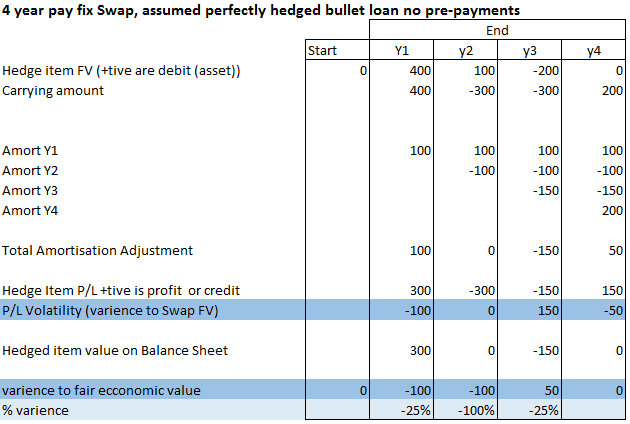ALMIS® International is delighted to announce the appointment of Colin Johnson to its board as Non-Executive Director.
Colin is the Head of Prudential Risk for Charter Court Financial Services, a fast-growing challenger bank, with Risk responsibility across Liquidity, Interest Rate and Capital. He was previously the Chairman of UK ALMA, an industry wide association covering the ALM risks across the UK Banking and Building Society sectors. Colin has also worked in senior roles within Santander UK and Lloyds Banking Group, having previously spent 10 years managing Treasury, ALM and liquidity issues within the Building Society Sector.
ALMIS® International CEO and Founder Joe Di Rollo commented: “Asset Liability Management remains the core of our offering, so bringing someone like Colin onto our Board is a great step forward for us …”
Notes
David Sinclair, Aberdeen Standard Investments, remains on the board as a Non-Executive Director. David is a Chartered Management accountant and MBA. David has broad financial and general management experience in a number of sectors including IT, publishing and financial services. Commercially-focused, recent roles have incorporated finance business partnering and support and board-level reporting.
About ALMIS® International
ALMIS® International, founded in 1992 by Joe Di Rollo, identified the need for an Asset Liability Management system to calculate total balance sheet interest rate risk. Since then, the ALMIS® system has been developed into a comprehensive, flexible and regulatory compliant software solution covering; Margin Management, Market Risk, Liquidity, Financial Planning, Capital Adequacy, Hedge Accounting and Regulatory Reporting.
For further enquiries please contact
Cameron Stephen by email or call on 0131 452 8898.









